While I'm generally a physical person -- pinching at fabric, pressing any button in arm's length, and so on -- I reacted indifferently when digital music sales were announced to have surpassed physical sales for the first time.
Streaming and download services finally comprised over 50 percent of music sales in the U.S. Significant as the turnover seemed, the impact felt dulled because it was such an obvious eventuality. Most everyone involved in music had long since been building their homes on the other side of the fence.
I leaned on popular rationale, which said that though CD sales would continue to lessen as a faithful barometer of an artist's success, surely CDs and vinyl would continue to be available at shows and at independent stores, so long as the more ardent listeners and fans of liner notes support them. And I took glad notice of the impressive burst of creativity on the part of music makers and start-ups to fill in gaps left by the old model. The biggest downside I could see was that there would be fewer chances for bad music to have scratches on it.
That's where the whole thing stayed for me until now. The subject of the physical format, if not at the center of several music events I attended in recent weeks, certainly flowed underneath and around all the activity. Experts in the field echoed the same line over and over, that physical music sales would be a complete non-factor within about three years. National chains (Target, 7-Eleven) will stop carrying physical releases, and labels will stop pushing them in large number.
Many of the talks at these events had an air of relief, stemming in part from the great environmental and cost benefits to music companies who can hardly afford to package and ship a physical product anymore.
I'm not an expert, so I feel qualified in saying the experts could be off. Still, they had carved out a right-side number for the tombstone. It couldn't be ignored. Whether it's three years or nine years or tomorrow, my question was the same: How will the complete transfer to digital affect the music being made?
It holds true that with each change in the primary medium used to deliver music, the music itself has had to change with it. The phonograph could only hold a few minutes' worth of music, so composers were forced to quit their meandering and write short, to-the-point melodies. Singers who were used to belting in concert halls were encouraged to "croon" to the listener, highlighting the intimacy of the new medium. When rock radio was the dominant format, musicians no longer had to fill the shoes of Gershwin and Berlin by pleasing everyone. They could cater their songs to newly created niche markets and subgenres. "Good" and "popular" are always transforming so that they can come together.
I first asked my above question to no one in particular. A few minutes passed. I checked the score of the game. I changed my shirt, not because it smelled -- hear me out, please -- but because I'd been wearing it all day. Then I came to my senses a little. Instead of trying to foresee a grand shift in musical style brought on by the demise of the physical product, I'd be better advised to look at some on-going trends and go from there.
Several other countries have already experienced the growing pains of a physical-free music landscape. In South Korea, the home of thriving K-Pop and the "Gangnam Style" dude, record sales have been irrelevant for decades due to tangled restrictions on the distribution of music.
In lieu of income from record sales, their prominent artists rely mainly on television appearances, commercial appearances, transnational promotion and product tie-ins. Naturally the music is different because it is created with these ends foremost in mind.
We see a similar effect happening here in the U.S. The hit song is used to quickly leapfrog into another branch of entertainment or advertising. The edges are scrubbed off of all the different genres and rap and rock and pop and electronic are melded into a vast, marketable mid region. This seems to create the perfect storm, since the medium of mobile devices lends itself to all stripes of unassuming, ad-ready brevity.
Odds are that if we are listening to music on a laptop or a phone, we are doing several other things at the same time. It's just like the phonograph days. Except it's the listener, not the machine, that is short on memory.